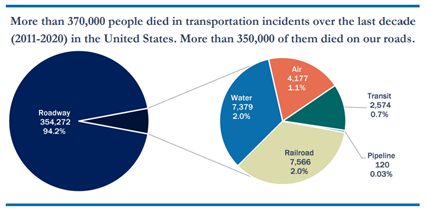Rural Hospitals Built During Baby Boom Now Face Baby Bust

OSKALOOSA, Iowa — Rural regions like the one surrounding this southern Iowa town used to have a lot more babies, and many more places to give birth to them.
At least 41 Iowa hospitals have shuttered their labor and delivery units since 2000. Those facilities, representing about a third of all Iowa hospitals, are located mostly in rural areas where birth numbers have plummeted. In some Iowa counties, annual numbers of births have fallen by three-quarters since the height of the baby boom in the 1950s and ’60s, when many rural hospitals were built or expanded, state and federal records show.
Similar trends are playing out nationwide, as hospitals struggle to maintain staff and facilities to safely handle dwindling numbers of births. More than half of rural U.S. hospitals now lack the service.
“People just aren’t having as many kids,” said Addie Comegys, who lives in southern Iowa and has regularly traveled 45 minutes each way for prenatal checkups at Oskaloosa’s hospital this summer. Her mother had six children, starting in the 1980s, when big families didn’t seem so rare.
“Now, if you have three kids, people are like, ‘Oh my gosh, are you ever going to stop?’” said Comegys, 29, who is expecting her second child in late August.
These days, many Americans choose to have small families or no children at all. Modern birth control methods help make such decisions stick. The trend is amplified in small towns when young adults move away, taking any childbearing potential with them.
Hospital leaders who close obstetrics units often cite declining birth numbers, along with staffing challenges and financial losses. The closures can be a particular challenge for pregnant women who lack the reliable transportation and flexible schedules needed to travel long distances for prenatal care and birthing services.
The post Rural Hospitals Built During Baby Boom Now Face Baby Bust appeared first on Pennsylvania Office of Rural Health.
Recommend0 recommendationsPublished in My Healthy Pennsylvania, Rural Health PA







